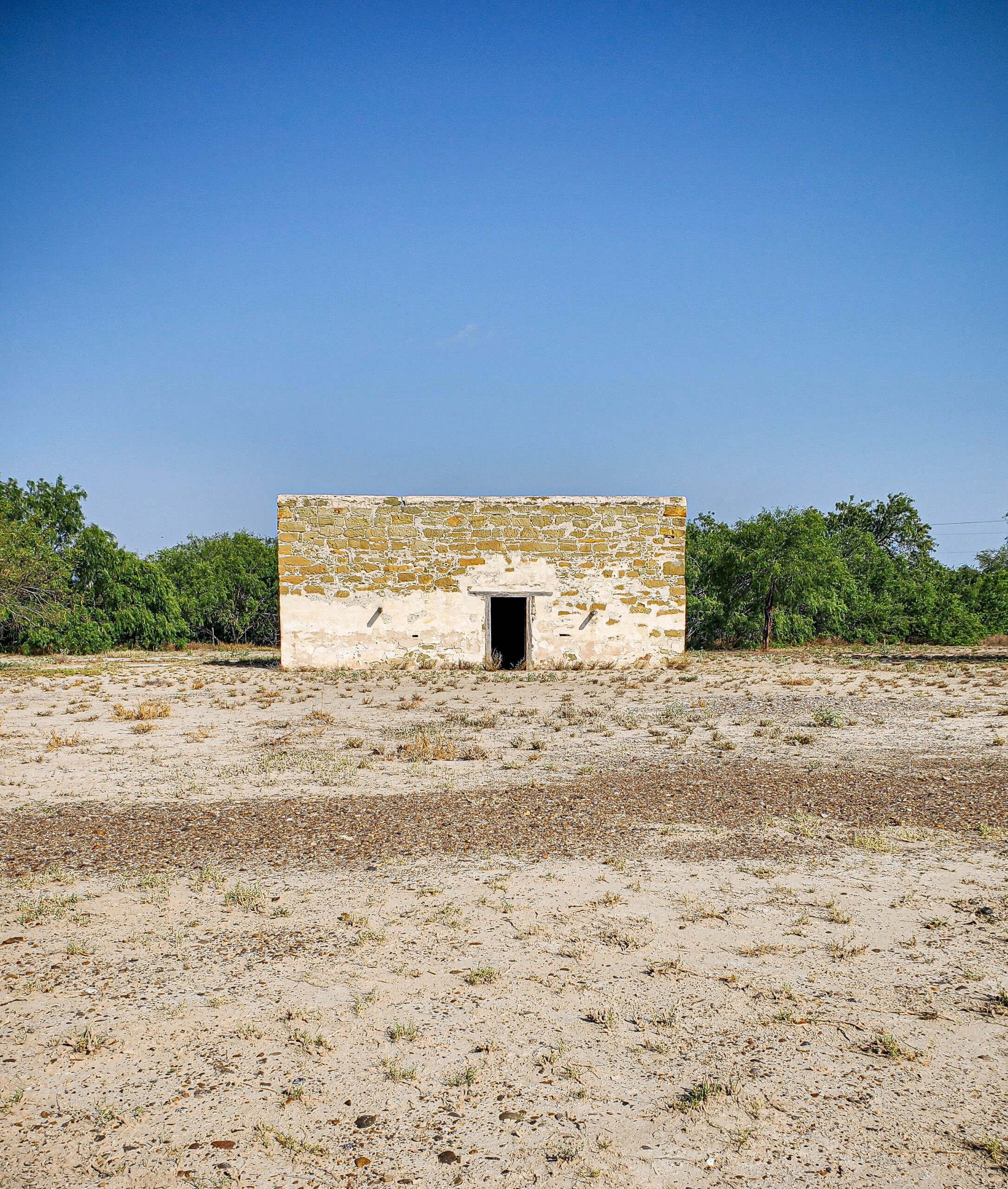This paper describes early-stage research that seeks to understand the lives and built environment of settlers in Spanish colonial Texas. The Lower Rio Grande Valley was first settled by citizens forming the new colony of Nuevo Santander (today the Mexican state of Tamaulipas) in the mid-18th century. This area, below the Nueces river, was never incorporated in the independent state of Texas and remained contested ground until the Treaty of Guadalupe Hidalgo set the Rio Grande as the southern border of the United States in 1848. Thus, the trans-Nueces remained culturally distinct from other centers of Tejano culture like San Antonio, and retained close familial and geographic ties to Tamaulipas and Nuevo León, differentiating it from San Antonio which had a longstanding association with Coahuila.
In the 21st century, the shared architectural heritage of Texas and Northern Mexico in the Rio Grande Valley has become imperiled as the borderland becomes increasingly militarized. The impact on the vernacular landscapes of the region is worrisome, as material evidence for the lives and dwellings of early civilian settlers in South Texas is scant, and the area lacks the sort of missions and presidios such as have been preserved by the National Park Service and other institutions in San Antonio and Goliad. On the north side of the Rio Grande, 18th century architecture consisted mostly of dispersed ranch settlements, while the towns which were the urban foci of ranch society, with the exception of Laredo, were all located on what is today the Mexican side of the river. In addition, much of the ranch architecture along the river was destroyed with the construction of the Falcon dam in the 1950s.
The paucity of archaeological evidence for the 18th century, a critical time in the development of Tejano culture that introduced the ranching tradition that remains important to Texan identity today, demands new strategies for increasing our understanding of the architectural heritage of the lower Rio Grande Valley and trans-Nueces. My research seeks to fill in the gaps in the material record through investigation of archival sources such as wills, legal documents, and church records, and utilizes digital humanities methods such as network analysis and mapping to gain a perspective on 18th century social as well as architectural history. My paper describes initial explorations of these sources and strategies and their potential for helping us to reconstruct the vernacular landscapes of the Lower Rio Grande and re-establish the region’s place within the broader history of northern Mexico and the Southwestern United States.
Presented at the Vernacular Architecture Forum, San Antonio, Texas, May 21, 2022
